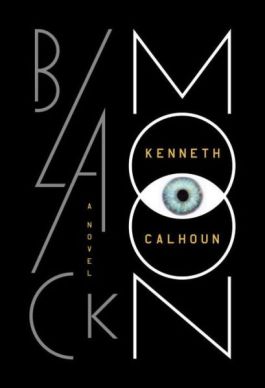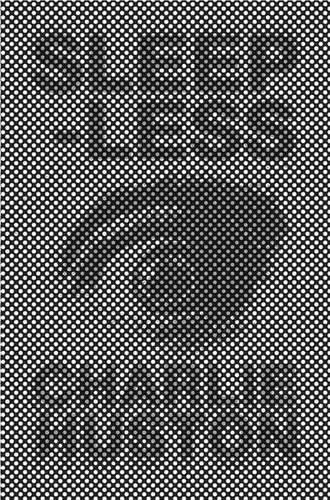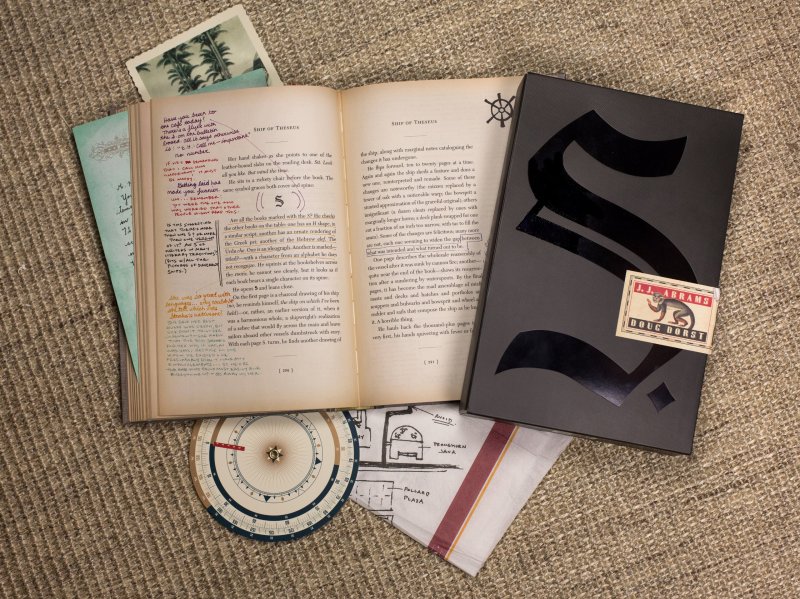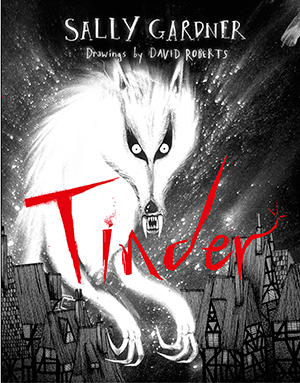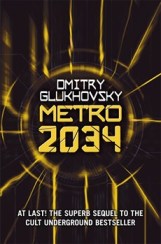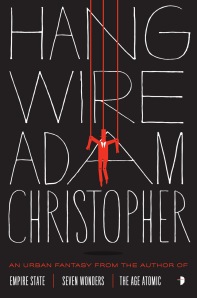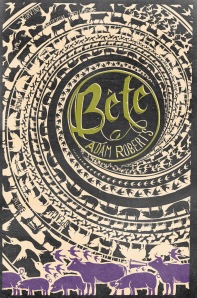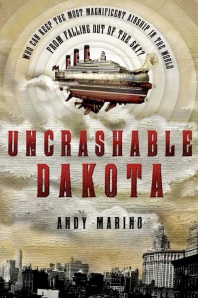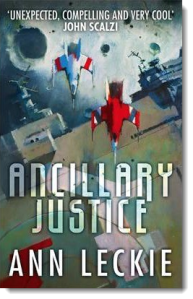My weekly[-ish] list of speculative fiction novels that I think are worth looking out for. They are mainly – but not always! – new or forthcoming releases.
 The watch list
The watch list
This week (by sheer accident) I have come across two books that explore post-apocalyptic themes from fresh perspectives: The Last Policeman is in fact pre-apocalyptic, set six months before an asteroid is due to hit Earth, and (from a review on tor.com) Soft Apocalypse shows society in the early stages of dissolution, unlike many post-apocalyptic stories, which ” show a finished end product, an established dystopia in which the Earth has already been torn apart and people are trying to survive the aftermath. Other stories show the events right before and during the actual earthquake/meteor strike/plague, with people trying to make it through the disaster as it happens. Soft Apocalypse instead happens during a period of gradual but inexorable decline: as the back cover says, the world ends “with a whimper instead of a bang”.”
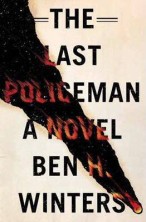 What’s the point in solving murders if we’re all going to die soon, anyway? Detective Hank Palace has faced this question ever since asteroid 2011GV1 hovered into view. There’s no chance left. No hope. Just six precious months until impact.
What’s the point in solving murders if we’re all going to die soon, anyway? Detective Hank Palace has faced this question ever since asteroid 2011GV1 hovered into view. There’s no chance left. No hope. Just six precious months until impact.
The Last Policeman presents a fascinating portrait of a pre-apocalyptic United States. The economy spirals downward while crops rot in the fields. Churches and synagogues are packed. People all over the world are walking off the job—but not Hank Palace. He’s investigating a death by hanging in a city that sees a dozen suicides every week—except this one feels suspicious, and Palace is the only cop who cares.
The first in a trilogy, The Last Policeman offers a mystery set on the brink of an apocalypse. As Palace’s investigation plays out under the shadow of 2011GV1, we’re confronted by hard questions way beyond “whodunit.” What basis does civilization rest upon? What is life worth? What would any of us do, what would we really do, if our days were numbered?
Pre-apocalyptic fiction –love it! The second book of this trilogy (Countdown City)was published just a few months ago, so if this one is good at least I can move straight onto that–one of the perks of coming into a series late.
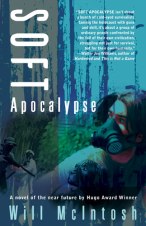 What happens when resources become scarce and society starts to crumble? As the competition for resources pulls America’s previously stable society apart, the “New Normal” is a Soft Apocalypse. This is how our world ends; with a whimper instead of a bang.
What happens when resources become scarce and society starts to crumble? As the competition for resources pulls America’s previously stable society apart, the “New Normal” is a Soft Apocalypse. This is how our world ends; with a whimper instead of a bang.
“It’s so hard to believe,” Colin said as we crossed the steaming, empty parking lot toward the bowling alley.
“What?”
“That we’re poor. That we’re homeless.”
“I know.”
“I mean, we have college degrees,” he said.
“I know,” I said.
There was an ancient miniature golf course choked in weeds alongside the bowling alley. The astroturf had completely rotted away in places. The windmill had one spoke. We looked it over for a minute (both of us had once been avid mini golfers), then continued toward the door.
“By the way,” I added. “We’re not homeless, we’re nomads. Keep your labels straight.”
New social structures and tribal connections spring up across America, as the previous social structures begin to dissolve. Soft Apocalypse follows the journey across the South East of a tribe of formerly middle class Americans as they struggle to find a place for themselves and their children in a new, dangerous world that still carries the ghostly echoes of their previous lives.
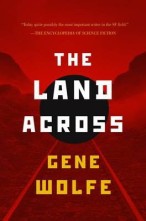 An American writer of travel guides in need of a new location chooses to travel to a small and obscure Eastern European country. The moment Grafton crosses the border he is in trouble, much more than he could have imagined. His passport is taken by guards, and then he is detained for not having it. He is released into the custody of a family, but is again detained.
An American writer of travel guides in need of a new location chooses to travel to a small and obscure Eastern European country. The moment Grafton crosses the border he is in trouble, much more than he could have imagined. His passport is taken by guards, and then he is detained for not having it. He is released into the custody of a family, but is again detained.
It becomes evident that there are supernatural agencies at work, but they are not in some ways as threatening as the brute forces of bureaucracy and corruption in that country. Is our hero in fact a spy for the CIA? Or is he an innocent citizen caught in a Kafkaesque trap?
The synopsis–and the reference to Kafka–brings to mind similarly Kafka-esque (and brilliant!) novels like the The Unconsoled by Kazuo Ishiguro and Ismail Kadare’s The Dream Palace. This one’s due out in about a month.

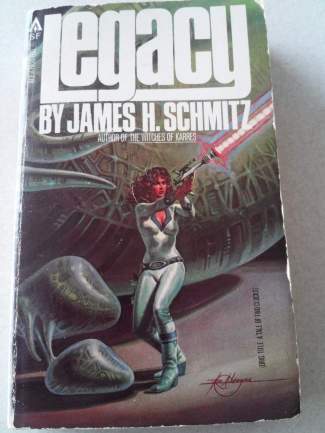
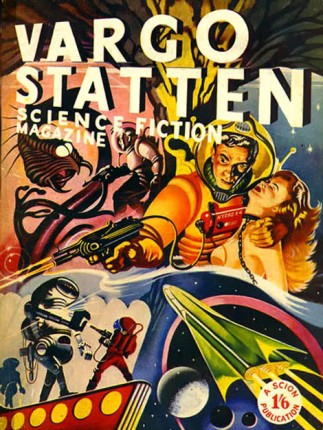
![avon_fantasy_reader_16[2]](https://kiskil.files.wordpress.com/2014/04/avon_fantasy_reader_162.jpg?w=800)


